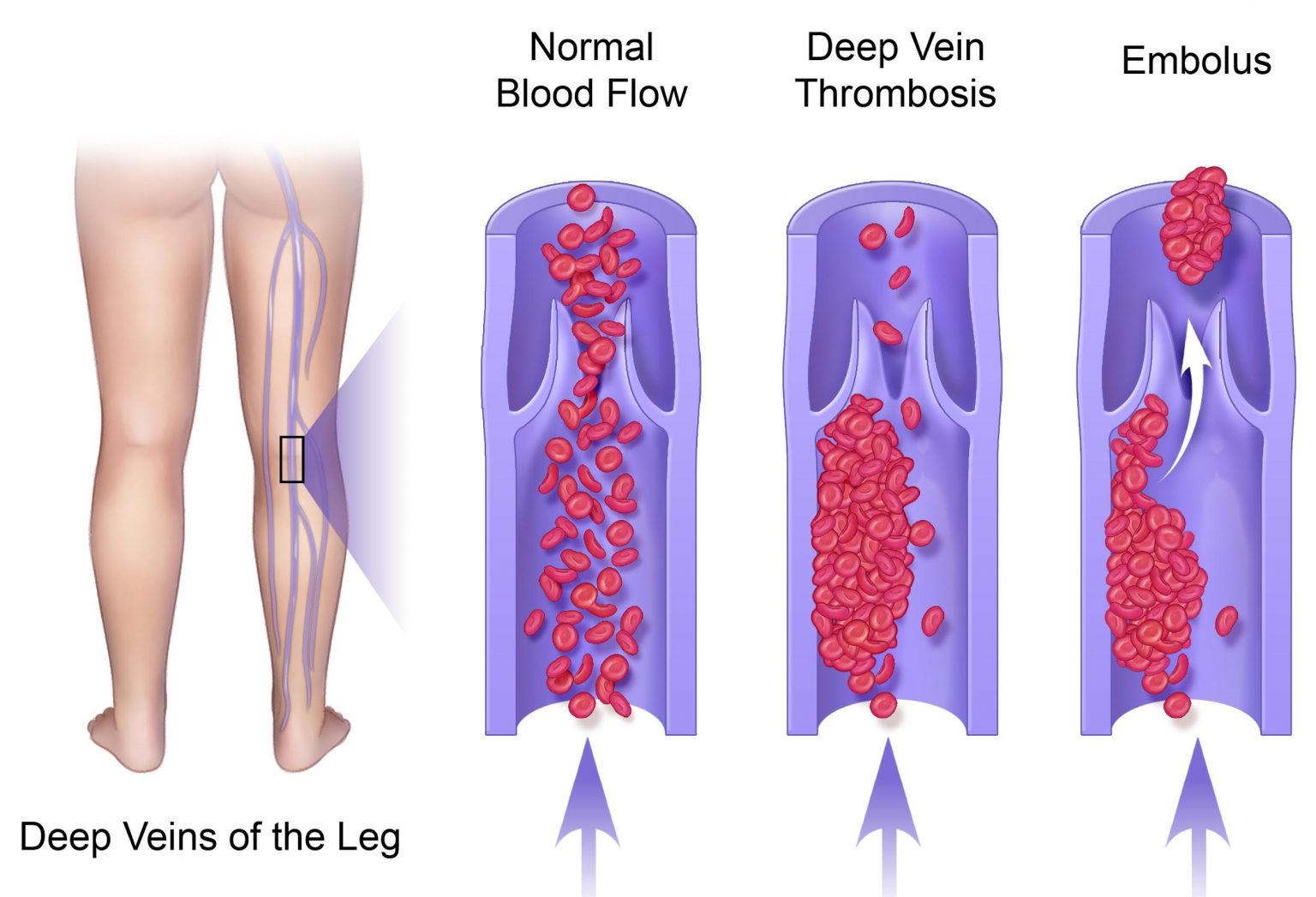Arm Acting Up?
Let’s cut straight to it. Ever have one of those mornings where your body tries to send you a memo and you’re just… not in the mood to read it? You roll over, grab your phone, and as you reach for that coffee, your arm feels just plain wrong. Heavy. Weirdly achy. Kind of like it belonged to someone else… or you slept on it funny, maybe? Happens to the best of us.
But what if it isn’t just a random cramp? That’s what we’re talking about today: The low-key—sometimes sneaky—ways a blood clot in arm can show up and totally mess with your plans. (And yes, I’m talking real stuff here—stories, feelings, a little hope, and some science… all wrapped up in a friendly chat.)

Something Off? Let’s Notice
How Would You Know?
First question for you: If your arm’s a bit swollen, or just feels weird, do you brush it off? Or do you notice it’s… different?
Here’s the thing—blood clots in arm can sneak up and act like a pulled muscle or some “slept-on-it-funny” thing. Sometimes, the signs are loud. But honestly, a lot of folks walk around with these clots and don’t notice a thing at first (research on Healthline sums it up).
Let’s Compare: Clot or Not?
Swipe through your week in your head. Did you:
- Wake up with one arm puffier than the other?
- Notice your sleeve or watch feels tight?
- Feel cramps, but not the “oh I worked out too hard” kind?
- See a vein pop up blue or red?
- Touch your arm and realize it’s warmer than the other?
If any of those have you nodding (or even just pausing a sec), file that in your mental “keep an eye on this” folder. A blood clot in arm could be to blame, and—trust me—it’s way better to ask, “Should I check this out?” than pretend it’s nothing (Stop the Clot details here).
| Clot Red Flags | Typical Muscle Aches |
|---|---|
| Sudden swelling (usually only one arm), warm, red or blue skin, doesn’t ease up overnight, heavy & tight | Both sides, cool skin, color normal, eases with rest, linked to activity |
Confession—one time after a long hiking trip, my left arm felt crazy achy, and I panicked for a hot minute. Turns out, I’d just over-packed my bag. But it taught me: don’t ignore sudden changes, even if you end up feeling a little silly at urgent care.
Curious Why This Happens?
Okay, let’s get real: What causes a blood clot in your arm anyway? Is it just bad luck?
What’s Behind the Clot?
A blood clot in arm isn’t just a “thing that happens to other people.” Your body clots blood all the time on purpose (hello, scabbing a paper cut)… but sometimes it goes rogue, especially in the deep veins.
The real villains? Well, there are two main stories here (find more technical stuff here):
- Spontaneous/Primary (aka “The Gym Hero’s Curse”): Sometimes a clot forms in your arm veins just from serious, repetitive exercise—think CrossFit, rowing, even pitching a baseball game. It’s called effort thrombosis… and you probably know someone who brags about ignoring pain after a killer workout. Be nice—tell them to read this.
- Secondary (The “Life Happens” Ones): Most arm clots happen because something messes with your veins—catheters, pacemakers, surgery, an old injury, even certain medications. Surgery’s a biggie (I have a friend who got a clot after shoulder surgery and thought she just “slept funny,” too… lesson learned!).
Does Age or Lifestyle Matter?
Short answer: Yes. (Sigh.) The older we get, the higher the risk—especially over 40, if you sit a lot, or if you puff on cigarettes now and then (see more here).
Let’s not forget: cancer, pregnancy, dehydration, and family history can all pile on the risk.
Who Should Be Most Watchful?
- Anyone who just had surgery and is still on the couch (recovery is no joke).
- Desk warriors and gamers who barely move for hours.
- Athletes, especially if you use your upper body for, well… everything.
- Folks with heart or lung disease, or “weird” medical histories.
- People sporting central lines or pacemakers—the vein can get ticked off and form a clot.
If you’re reading this and thinking, “Uh, is that me?”—relax. It doesn’t mean you’ll definitely get a blood clot in arm. It just means, hey, keep your antenna up.
No Need to Panic—Just Know When to Get Help
Let’s pause for a second. Maybe you’re feeling a little worried (I get it—health stuff can make anyone spiral). But information is power, right?
“Should I Call Someone?” Let’s Break it Down.
Here’s my hard rule: If swelling, crampy pain, warmth, or weird color in ONE arm pops up out of nowhere—and you don’t have a “fell off my bike” story to explain it—get checked. Seriously, don’t Google-diagnose yourself for days. A simple ultrasound is easy, not scary. It’s quick, cheap, and way less hassle than of weeks of “what if?”
But there’s a line: If you suddenly get short of breath, chest pain, or feel like you might faint? That could mean the clot has moved to your lungs. That’s a drop-everything-and-get-to-the-ER moment (get the symptoms here). Call for a ride, don’t drive yourself. You matter too much.

Feeling Unsure? Here Are the Next Steps:
- Check for swelling, redness, or pain. Is it worsening?
- Try comparing both arms in size, warmth, and color.
- If there’s a big difference and no known cause, book an urgent doctor visit.
- If you suddenly can’t breathe or have chest pain, call emergency services. Now.
Everyday Moves to Guard Yourself
Can You Prevent a Blood Clot in Arm?
Great question! Here’s my honest take: while you can never get the risk to zero, you can absolutely stack the odds in your favor. (And you’re probably doing better than you think.)
| Quick Actions | How They Help |
|---|---|
| Take walking breaks | Keeps blood moving, less chance to pool or clot |
| Hydrate well | Prevents blood from thickening, so it flows smooth |
| Avoid excessive sitting or arm inactivity | Reduces stasis (the “water in a still pond gets funky” kind of thing) |
| Talk to your doc about compression sleeves if high-risk | Adds gentle pressure, helps veins return blood to your heart |
| Cut out smoking | Drops clotting chances by a mile |
I personally started adding a “shake out your arms” break every hour while working from home. It looks a little wild, but hey, anything for good circulation. Plus, my dog thinks it’s a new game.
After Surgery or an Injury?
If you’re recovering and can’t move much (hospital food, yay?), ask your care team point-blank, “What’s my risk? Should I watch for a blood clot in arm?” They won’t mind. In fact, they’ll probably be impressed you asked.

Don’t hesitate to mention any new symptoms—even the “not sure if it matters” ones. A quick scan is faster than a long hospital stay.
Treating It: What Happens If You Have One?
Alright, so what if you actually do have a clot? Deep breath. You’re not alone. Doctors see this all the time, and there are proven, effective treatments out there (CDC shares the basics here).
Treatment usually starts simple: blood thinners, maybe for a few months. Sometimes they use fancier stuff like clot-busting meds or even a tiny device to catch runaway clots, but usually, it’s just a little pill every day and some follow-up. (But if you’re on blood thinners, beware kitchen knife mishaps… learned that one from my aunt’s holiday cooking story.)
It can feel overwhelming, but you’ll get lots of support. The hardest part? Honestly, it’s not panicking and letting your mind run wild with “what-ifs.” Most people recover and go right back to their normal routines in no time.
Your Takeaways (And Why You’ll Be Fine)
Let’s wrap up. Feeling weird aches or swelling in your arm can be scary, but after today you know much more than just the basics. You know the difference between a run-of-the-mill muscle twinge and when you just might want to check for a blood clot in arm. We covered the signs (swelling, crampy pain, warm or red skin), the common causes (overdoing it in the gym, recent surgery, or just hitting that age bracket), and how staying active and hydrated always puts you ahead of the game.
The truth is, most of us won’t ever have to deal with a blood clot in arm—but being a little more in tune with your body? That’s never a bad thing. If you notice something off, listen to your gut. Talk to your doctor. And remember: taking care of you isn’t selfish; it’s smart. You deserve a long (healthy, adventure-filled) life.
Stay curious. Trust those instincts. And maybe… set a reminder to put your arms (and legs!) up once in a while—if anyone asks, just say your internet friend told you it’s good for your veins.


















Leave a Reply
You must be logged in to post a comment.